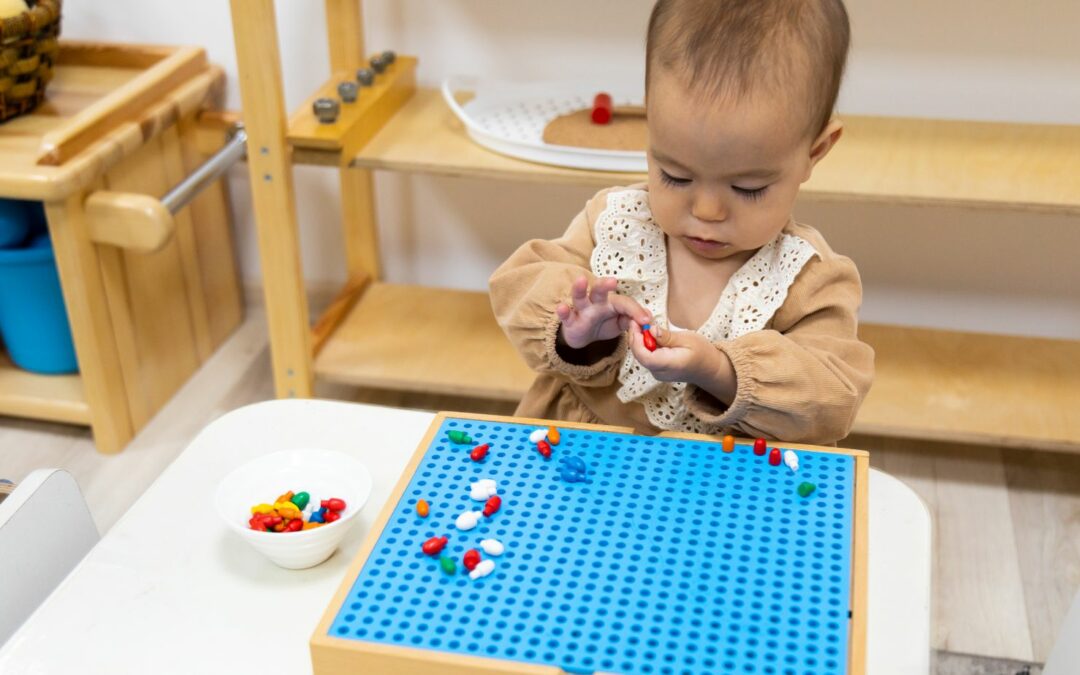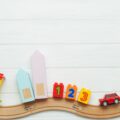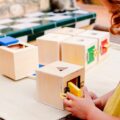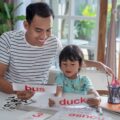As a parent, I understand the importance of keeping toddlers entertained and engaged. One fantastic way to achieve this is with busy boards. Busy boards are interactive and educational toys that provide a wide range of sensory experiences for young children. In this article, I will explore the benefits of busy boards for toddlers and why they have become increasingly popular among parents and early childhood educators.
Busy boards offer a multitude of benefits for toddlers’ development. These engaging toys promote fine motor skills, hand-eye coordination, and problem-solving abilities. By manipulating the various elements on the board, toddlers can practice grasping, twisting, and sliding objects, which helps improve their dexterity and coordination. Additionally, busy boards stimulate cognitive development as children learn cause-and-effect relationships and discover how different elements on the board interact with one another.
Busy Boards for Toddlers
Definition and Purpose
Busy boards are interactive and educational toys designed specifically for toddlers. They are typically made of sturdy materials and feature a variety of sensory elements such as buttons, switches, knobs, zippers, and latches. The main purpose of busy boards is to engage and stimulate a toddler’s senses while promoting their cognitive and physical development.
Benefits of Busy Boards for Toddlers
Busy boards offer a multitude of benefits for toddlers as they play and explore. Here are some key advantages of incorporating busy boards into a toddler’s playtime:
- Fine Motor Skills Development: Busy boards provide various activities that require precise hand movements and coordination, helping toddlers develop their fine motor skills. From turning knobs to buttoning and unbuttoning, these toys encourage the refinement of their hand-eye coordination and dexterity.
- Sensory Stimulation: The different textures, colors, sounds, and movements found on busy boards provide a rich sensory experience for toddlers. They can touch, feel, and manipulate the various elements, enhancing their sensory perception and understanding of the world around them.
- Problem-Solving Abilities: Busy boards often feature puzzles or tasks that require toddlers to figure out how to manipulate the different components to achieve a desired outcome. This fosters their problem-solving abilities, critical thinking skills, and logical reasoning.
- Cognitive Development: By engaging with busy boards, toddlers can enhance their cognitive skills such as memory, concentration, and attention span. The various activities and challenges presented by these toys encourage active engagement and mental stimulation.
- Independent Play: Busy boards can provide toddlers with independent play opportunities, allowing them to explore and experiment at their own pace. This not only fosters their sense of autonomy but also promotes self-confidence and a sense of achievement.
Overall, busy boards for toddlers are versatile toys that offer a wide range of benefits for their development. They provide a safe and engaging environment for toddlers to learn, explore, and have fun while honing their motor skills and cognitive abilities.
How to Choose a Busy Board
Age Appropriateness
When choosing a busy board for your toddler, it’s important to consider their age and developmental stage. Look for a board that is designed specifically for their age range, as it will be more engaging and suitable for their abilities. For example, younger toddlers may benefit from boards with larger buttons and knobs, while older toddlers may enjoy boards with more complex activities.
Safety Features to Look for
Safety should always be a top priority when choosing a busy board for your toddler. Look for boards that are made of sturdy materials and have rounded edges to prevent any potential injuries. Additionally, check for secure fastenings and ensure that all small parts are firmly attached to the board. This will help to minimize the risk of choking hazards and ensure that your child can play with the board safely.
Types of Activities Included
Consider the types of activities that are included on the busy board. Look for a variety of sensory elements such as buttons, switches, zippers, and latches. These different activities will help to engage your toddler’s senses and provide them with a range of learning opportunities. Additionally, boards with activities that promote problem-solving and cognitive development, such as shape sorting or puzzle elements, can be especially beneficial for your child’s growth and development.
Remember to take into account your toddler’s interests and preferences when choosing a busy board. Some boards may have themes or colors that your child is particularly drawn to, which can enhance their engagement and enjoyment. By considering the age appropriateness, safety features, and types of activities included, you can select the perfect busy board that will keep your toddler entertained and help them continue to develop their motor skills and cognitive abilities.
Jessica has a flair for writing engaging blogs and articles. She enjoys reading and learning new things which enables her to write different topics and fields with ease. She also strives to break down complex concepts and make them easy for anybody to comprehend.






